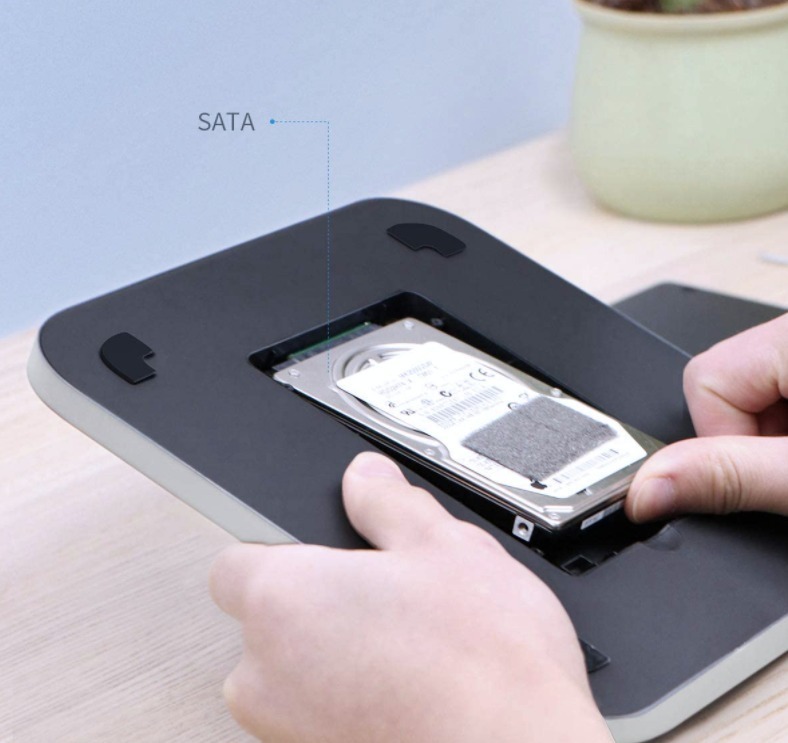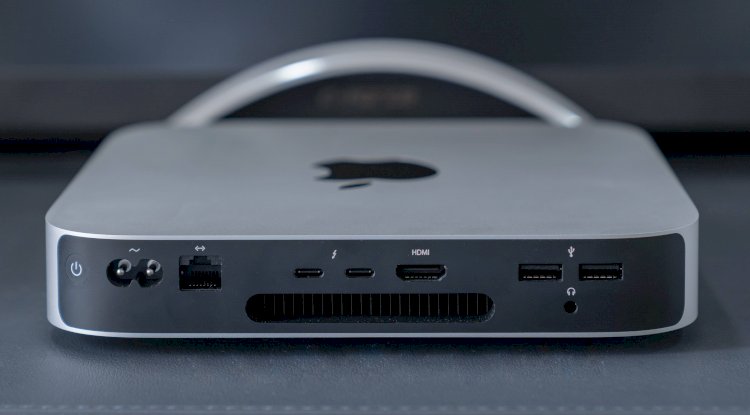
We have been using a Beheringer Wi-Fi based audio mixer which will require an additional computer.
#Zoom for mac mini m1 tv
We will be able to monitor the video screens #(2) and #(3) either continually in the Blackmagic “MultiView” output or individually by selecting the HDMI channel of these screens on our “preview” tv monitor.Ī key element of the design is that the basic operation of the control room can be accomplished with just the permanently installed equipment.
#Zoom for mac mini m1 mac
The HDMI 2 (DisplayLink) output from the UD-3900PDZ will go to an HDMI monitor showing, in this application, the “virtual switcher” from the ATEM switcher by way of a USB output from the ATEM switcher to the Mac Mini.įinally the program output from the ATEM switcher by USB is provided the Mac Mini for the event video and audio to Zoom. We plan to use for the #(2) video the HDMI on the Mac Mini and for the #(3) video the HDMI 1 (Alt Mode) output from the UD-3900PDZ.

We are mindful of the limitation of the UD-3900PDZ reading as follows: “Because of how DisplayLink provides video, video outputs provided by DisplayLink technology should only be used to display content like office applications and web browser windows, not games or video content.” We plan to use the Blackmagic ATEM Mini Extreme “SuperSource” to produce the 3 video multi-view using 2 HDMI switcher inputs for the “speaker” and “gallery” screens of Zoom and 1 HDMI from one of the permanently mounted cameras. The Mac Mini will be permanently located in the control room. We hope to use the Mac Mini to produce the video numbers 2 & 3 so that the multi-view screen can be accomplished without an additional computer.
#Zoom for mac mini m1 full
One objective is to create a multi-view screen for sending to the in sanctuary video projector 3 video images: (1) in the top left the minister (2) in the bottom left the “speaker” view of Zoom and (3) in approximately 2/3 of the screen width and full height the “gallery” view of Zoom. Our first project will be installing a quality video projector and using a volunteer’s DSLR with HDMI output with Zoom until the remainder of the project is complete. We anticipate starting with Zoom and possibly expanding to other platforms in the future. We have been using Zoom with very wide acceptance with very few connection issues by the congregation.

Please click on the following link to access a comprehensive guide to macOS security permissions after upgrading Zoom: Using the Zoom client and Zoom Rooms with macOS.Our church is planning a video streaming project the major components consisting of 3 plz cameras, a Blackmagic ATEM Mini Extreme switcher and a M1 Mac Mini. Now you can use your Mac’s Camera and Microphone in Zoom and allow others to remotely control your computer if necessary. Please take the following steps to adjust your Mac’s security settings after upgrading your Mac Operating System to avoid permissions issues in Zoom:ġ- Click the Apple logo at the top left corner of your screen.Ĥ- Select the Privacy tab 5- Click the lock icon in the bottom left corner of the Security & Privacy window.Ħ- Enter your OS administrator username and password.Ĩ- In the Privacy tab, click on Camera on the left, then in the right menu, find and click on the box next to it.ĩ- Repeat the same action for Microphone, Screen Recording, and Accessibility.ġ1- Quit Zoom and open again to apply the changes. Please keep in mind, If you do not allow Zoom access during this initial prompt, you will need to go into your Mac System Preferences to enable access. This is due to increased security permissions in Mac Operating System.Īfter upgrading the macOS, you will be prompted to authorize Zoom to use the microphone and camera. If you have updated your Mac Operating System to macOS 10.14 Mojave or later, you need to authorize your computer to give permission to Zoom to use the computer’s microphone and camera, share the screen, or allow others to remotely control your desktop.

I updated my Mac and can’t share my screen in Zoom!


 0 kommentar(er)
0 kommentar(er)
